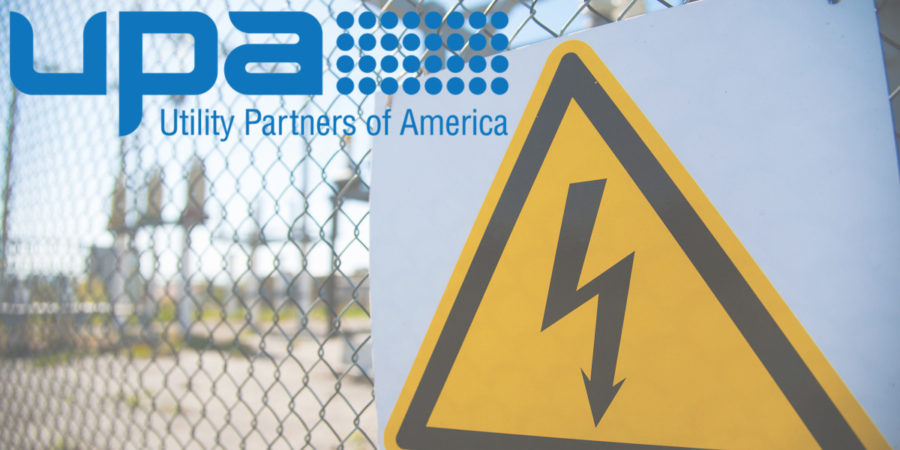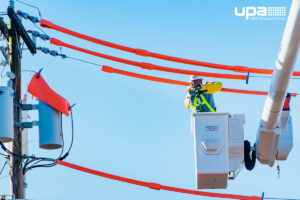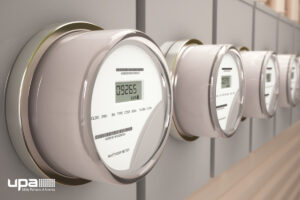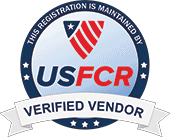When utility employees go to work every day, they know what they’ve signed up for. It’s a physical job, with tangible achievements at the end of the day. It can also be a dangerous job, especially when electricity is involved. In fact, more than 90% of electrical fatalities among U.S. workers occur because of electrical shock. Despite the risks, utility workers still hold the power when it comes to safety from electrical shock. If you or a technician on your team needs a refresher, check out our top tips for electrical shock prevention below.
Related: Stay Safe from Lightning This Summer with These Top Tips
Wear appropriate clothing
You might hear a lot of talk about PPE involving hard hats and eye covers, but flame-resistant garments are one of the best ways to keep safe when working around electricity. A technician wearing clothing without a high enough arc rating puts themselves at risk of suffering a grave injury. Additionally, safety-toe shoes like those described in the Personal Protective Equipment guide by the Occupational Safety and Health Administration (OSHA) can protect against open circuits of up to 600 volts in dry conditions.
Related: OSHA and Beyond: Keep Employees Safe in the Field
Avoid worn-out extension cords
Extension cords are a highly useful item in a technician’s toolkit, but with consistent use comes wear and tear. Over time, this puts the worker using the extension cord at risk. Overused extension cords are prone to exposed wires and loosened connections on the plug end. This in particular increases the chance of electrical shock. Additionally, OSHA reports that extension cords that are not 3-wire type or designed for hard usage, or those that have been modified, should not be used.
Related: 3 Keys to Lineworker Safety
Keep tools and appliances separate from water
This one might be a no-brainer, but it bears mentioning. Unless it is approved for wet conditions, never use electric equipment where water is present. That includes plugging in or unplugging a tool when a surface is damp. Wet hands count as a wet surface as well, so technicians should dry them before handling electrical equipment.
Related: Top Five Self-Protection Safety Tips for Field Techs Working Outside
Keep watch for the weather
If you’re working in a place like Florida, the weather can turn nasty in a hurry. Thunder and lightning seemingly appear out of nowhere. Even in areas with more temperate weather conditions, the risk of electrical shock by direct lightning is a reality. According to the National Association of Safety Professionals (NASP), both permanent and temporary measures can be put in place to protect workers. Among those, the NASP says, are lightning rods and surge protection devices, along with storm detection systems that warn of imminent lightning strikes.
Related: Storm Response Planning: Four Tips
Encourage workers to be transparent about hazardous environments
While these are all excellent prevention methods, reporting on their efficacy is a must. Encourage workers to report any hazards they encounter and what mitigation strategies they used. These reports can include issues like machinery in poor condition or onsite electrical shock risks. Employees want to feel supported and safe, and facilitating an open and transparent communication stream is a fruitful endeavor.
Related: Encourage a Utility-wide Safety Culture
Safety is paramount with Utility Partners of America
Utility Partners of America (UPA) has partnered with utilities and energy cooperatives throughout the United States for more than two decades. And from the beginning, safety has been a touchstone in all that we do. If you’re interested in learning more about keeping your employees safe or hearing how we can help your utility, contact us or call (888) 667-1411 today.





